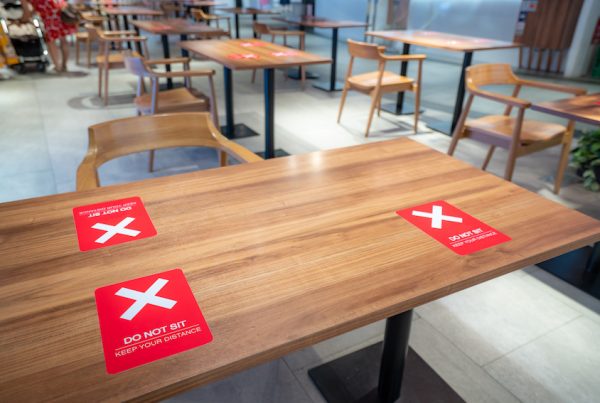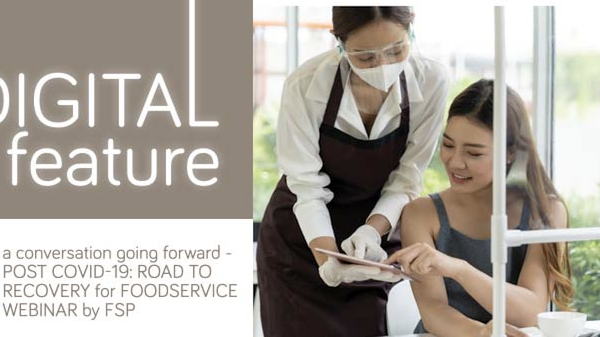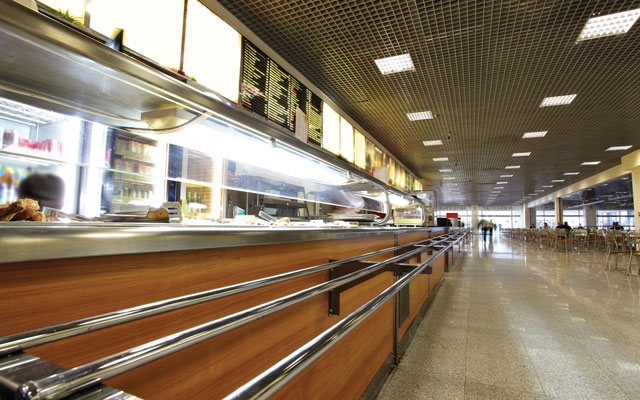
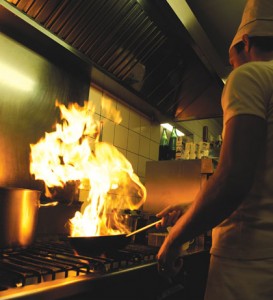
 The type of service that you choose for your restaurant has an impact on your kitchen design. Type or mode of service depends on the establishment and in some; there might be more than 1 kind of service. At the end of the day, what is important is that the food presented to the customer is still fresh and attractive, served at the right temperature and that your customer feels that they have got their money’s worth.
The type of service that you choose for your restaurant has an impact on your kitchen design. Type or mode of service depends on the establishment and in some; there might be more than 1 kind of service. At the end of the day, what is important is that the food presented to the customer is still fresh and attractive, served at the right temperature and that your customer feels that they have got their money’s worth.
To a layman, type of service that is commonly associated to the industry are terms such as fast food service, buffet service, fine dining, casual dine in and of course take away service. But to simplify this, we will break it down to 4 main different categories:
A. RESTAURANTS WITH WAIT SERVICE
• This kind of service normally has flexible menu options. Cooking is only done at the point of order. Therefore you would see more cooking equipment such as grills, open burners and fryers necessary in these kitchens than holding cabinets. Fresh produce is normally delivered daily therefore storage is kept enough to operate a 1 – 2 days cycle.
• For fine dining restaurants, more establishments have adopted a show kitchen instead. Thus the kitchen space allocated is more generous and the appearance of the equipment used matters as well during selection. The design must be easily maintained and your exhaust system is crucial.
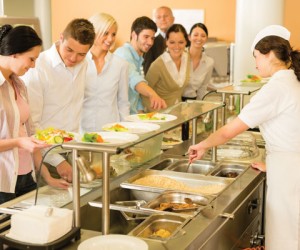 B. INSTITUTIONAL OR CAFETERIA SERVICE
B. INSTITUTIONAL OR CAFETERIA SERVICE
• These are regularly seen in factories with its own dining outlets and also at hospitals or schools. Centralised kitchen is practiced in these services extensively. (For more information on centralised kitchen, read our article on page 32)
• As these establishments operate more on a schedule rather than all day dining, preparation is all done at 1 period of time. Storage capacity is a criteria as preparation would involve a large volume at 1 time. Once service starts, the staff and area would then be “converted” from a prep kitchen to a heat and cook process kitchen.
• The equipment in these establishments’ kitchens are big scaled equipment like braising pans, tilting kettles and boiling pans. Depending on the menu, for some packing machines might require a space as well if take away is also a common occurrence.
• The counter equipment and layout would be important. As food is normally prepared in bulk and served or collected on the counter – your bains-marie must be lined smartly. The arrangement of the food should be such that cold dishes are collected first and hot items placed towards the end of the service counter.
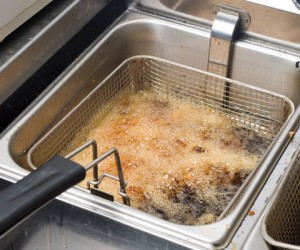 C. FAST FOOD SERVICE
C. FAST FOOD SERVICE
• Speed, speed, speed. Fast food kitchens works like a machine. Space allocated are calculated and made to be as convenient to the staff. Menus are generally made from processed ingredients at a centralised kitchen.
• Individual outlets are then designed to grill, deep fry and assemble the food in the shortest time possible. Until recently, most food are prepared or stocked ready at the line for pick up. Currently many burger outlets practice to only prepare the assembling stage upon order – hence creating a more ‘cooked upon order” feel for the customers.
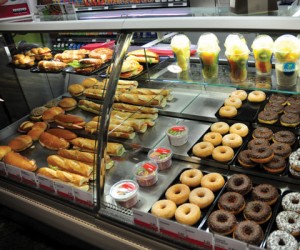 D. TAKE AWAY COUNTERS AND SNACK COUNTERS
D. TAKE AWAY COUNTERS AND SNACK COUNTERS
• Centralised kitchen is practiced here as well albeit in a smaller scale for preparation.
• Foods are normally pre packed and cook chill or cook freeze concepts are practiced.
• As the menus in these establishments are limited, the equipment line up at the distribution outlets would see more use of microwaves or warmers.







